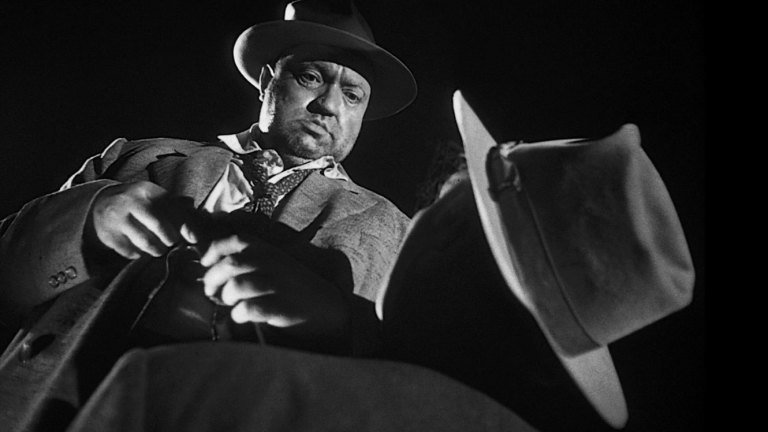Allow me to talk about suspense in cinema and to elaborate on my point, I picked Touch of Evil--arguably one of the best films of Orson Welles and also of the film history.
There’s a long tracking shot at the beginning of the film that lasts for three and half a minutes which is considerably well known to film erudites. When I saw the scene for the first time, it felt hitchcockian to me, with a blend of Welles’ own style of course! That is funny considering Welles and Hitchcock had some bad blood between them.
Anyway, what makes something notable as hitchcockian suspense? It has been debated for years.
Let’s consider a scenario. A person is walking through a forest. In five minutes, he will reach a place where a venomous snake is residing in peace. Once the person reaches the place, the snake bites him.
Now, if we keep the person in frane from the beginning and if the audience is unaware of the existence of the snake, then the suspense is only when the snake jumps out of it’s staleness and bites the person.
But, if we show the snake beforehand that it is there and vigilant enough and then we show the person walking -- we could keep the audience in suspense for the entire five minutes. They’d also be interested in the events on the screen with their nerves excited. Not hiding the final card up your sleeve, showing it beforehand to build up anticipation can be dubbed as hitchcockian suspense. Although this is a trademark hitchcock technique, it’s not as if it’s unique to him, many others used it as well. Hitchock didn’t file a patent for it, not sure whether shots can be patented, so Welles using it doesn’t really change anything.
Touch of Evil used such sequences a few number of times. The tracking shot I was talking about earlier, it had a ticking bomb at the very start. A slender looking young lad plants the bomb in a car’s trunk and leaves hurriedly. The owner of the car leaves a club with his friend, gets in his car and slowly drives to the US-Mexico border. We the audience know there’s a bomb in the car and we’re expecting it to blast to smithereens at any moment. Suddenly the car stops. A couple languidly passes the car by. We feel the tension rising inside of us.
The bomb goes off at a point but we are spooked the whole time.
Check out the entire scene from here -
There’s another sequence where a bunch of hooligans get hold of a young woman by force and take her to a hotel room. The camera doesn’t enter the room and the film is rolling from outside. Now, the audience will overthink and contemplate the entire time but as long as the next event is not on the screen, we have no way to know what really happened. We can only conjecture.
Now, this is not the only kind of suspense. But they are not going to be part of this writing.
Touch of evil is not only perfect from a perspective of simulating suspense, it is quite possibly perfect in every aspect. We’re lucky we get restored versions of some films now a days. Sadly, director’s cut of Touch of Evil is still lost to us. I would love to see that. It’s a shame how these films were neglected back then. It was released as a ‘B’ film. Do you know about the ‘A’ film counterpart? Nope. No one cares about that. And the ‘B’ film became one of the finest film noirs.
I love the scene the most where Welles choked the life out of someone. He seemed like a giant in the film and in that scene, he was truly the devil incarnation, a force of pure malice.
Oh, Welles!
How delightfully you mocked us!
Thanks for reading. And if you haven’t seen the film, go see it. Worth every penny.

About Me

Twitter - https://twitter.com/not_a_c1nephile
Youtube - https://www.youtube.com/channel/UCg3TwYk--HKIsRmnvhob1Mg

